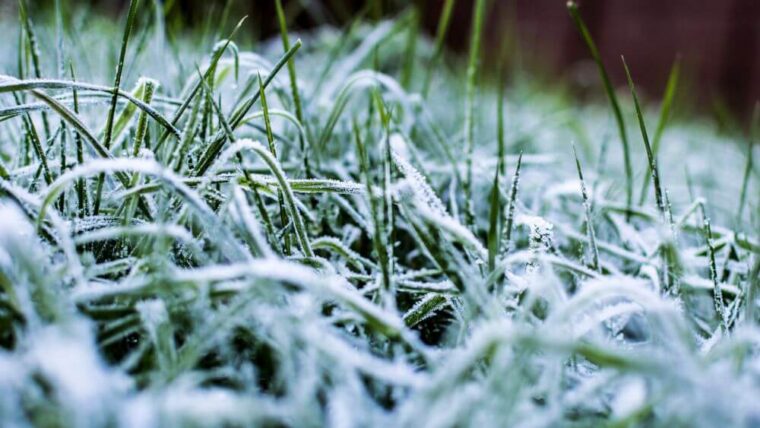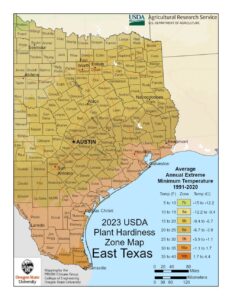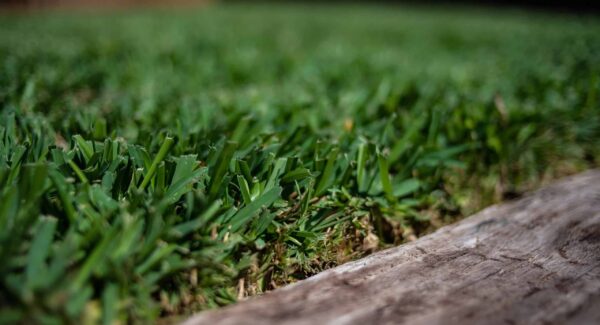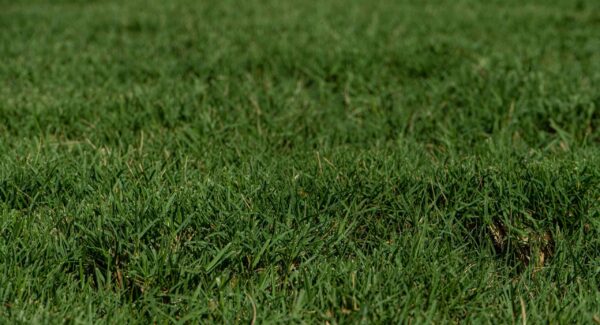Can You Install Warm Season Grass In The Winter?
Warm season grass is primarily used in the southern portion of the United States, including Texas. This group of grasses includes Bermuda grass, Buffalo grass, St. Augustine grass, and Zoysia grass. Unlike cold-season grasses (which tend to grow more in cooler temperatures), warm-season grasses thrive in the hot summer heat. They also only require a fraction of the water needed to grow cool-season grasses, making them exceptionally drought-tolerant.
Many homeowners often wonder when to plant Bermuda grass and other warm-season grasses. Is it okay to install them in the winter? The honest answer is that it depends. It turns out that where you live can be an important determinant in whether your warm season grass will grow (and thrive) in winter. Find out how below.

Is It Okay to Grow Warm Season Grass in Winter?
Many homeowners believe that installing warm-season grass from autumn to spring is a bad idea because it becomes dormant—meaning, it doesn’t grow as much in the winter as in summer. Others worry that freezing temperatures could freeze the roots (or rhizomes) of the sod itself—causing it harm. Not so.
The fact is, even though grass might become dormant in the wintertime, its growth will easily pick back up again in the spring. Moreover, most grass (even warm-season grass) is lost due to heat stress—caused by hot temperatures that exceed 90 degrees—than to cold temperatures. In fact, depending on where you live, there are many types of plants (grass being one of them) in which installing them in the winter is perfectly fine.
Location Matters: How to Determine If Your Warm-Season Grass is Safe to Install in Winter

The USDA Plant Hardiness Zone Map is the standard that plant growers use to determine which plants (including grass) are most likely to thrive in a specific location based on the area’s average annual minimum temperature. By finding your zone—based on where you live—you can determine what types of grass are likely to stay healthy in the winter without much maintenance.
As you can see, Texas includes the USDA Zones 7b through 10a, which indicates that most plants (including grass) in the region will continue to thrive as long the temperature stays above 5 degrees Fahrenheit.
The fact is, laying warm-season grass in winter is actually a good idea, weather permitting. It might stop growing, but it won’t hurt your grass. Because cold weather naturally absorbs moisture— and because warm-season grass needs less water to thrive—installing it in winter can help the plant. As long as it’s prepped for installation, laid down correctly, and adequately irrigated ( to keep the top 2” of soil moist), you can expect your new warm-weather grass to be just fine—even in winter!
When Not to Lay Down Grass in Winter
While laying down warm-season grass in the fall and winter can typically give you a head-start to a beautiful spring lawn, there is one time of year when you won’t want to install it. Generally speaking, when the temperatures outside fall near or below 20 degrees Fahrenheit (the coldest part of the year in Texas), you should hold out on installing it, as freezing temperatures can kill the new roots and prevent establishment.
Install Your Warm-Season Sod Grass Today
Want to install warm-season grass this winter and have it ready to enjoy by spring?
The Grass Outlet provides a range of warm-season grasses—including Bermuda grass, Buffalo grass, St. Augustine grass, and Zoysia grass —to Texas homeowners year-round. Contact us today to get your all-season grass delivered.
The Grass Outlet is a three-generation family farm specializing in growing quality sod grass in the great state of Texas. We grow our grass on our own farms, harvest each pallet daily by order, and will ship your grass to your home in less than 24 hours.
We deliver warm-season sod grass to customers in Austin, Dallas, Ft. Worth, Houston, and San Antonio metro areas. Visit our online store to calculate the estimated delivery cost using your zip code.





